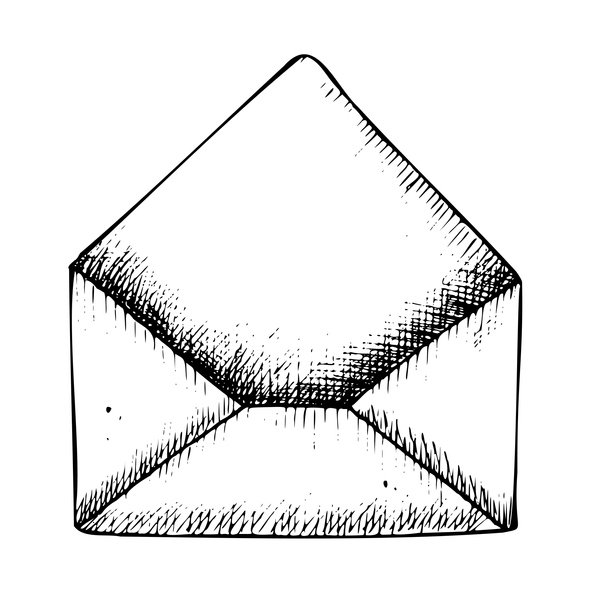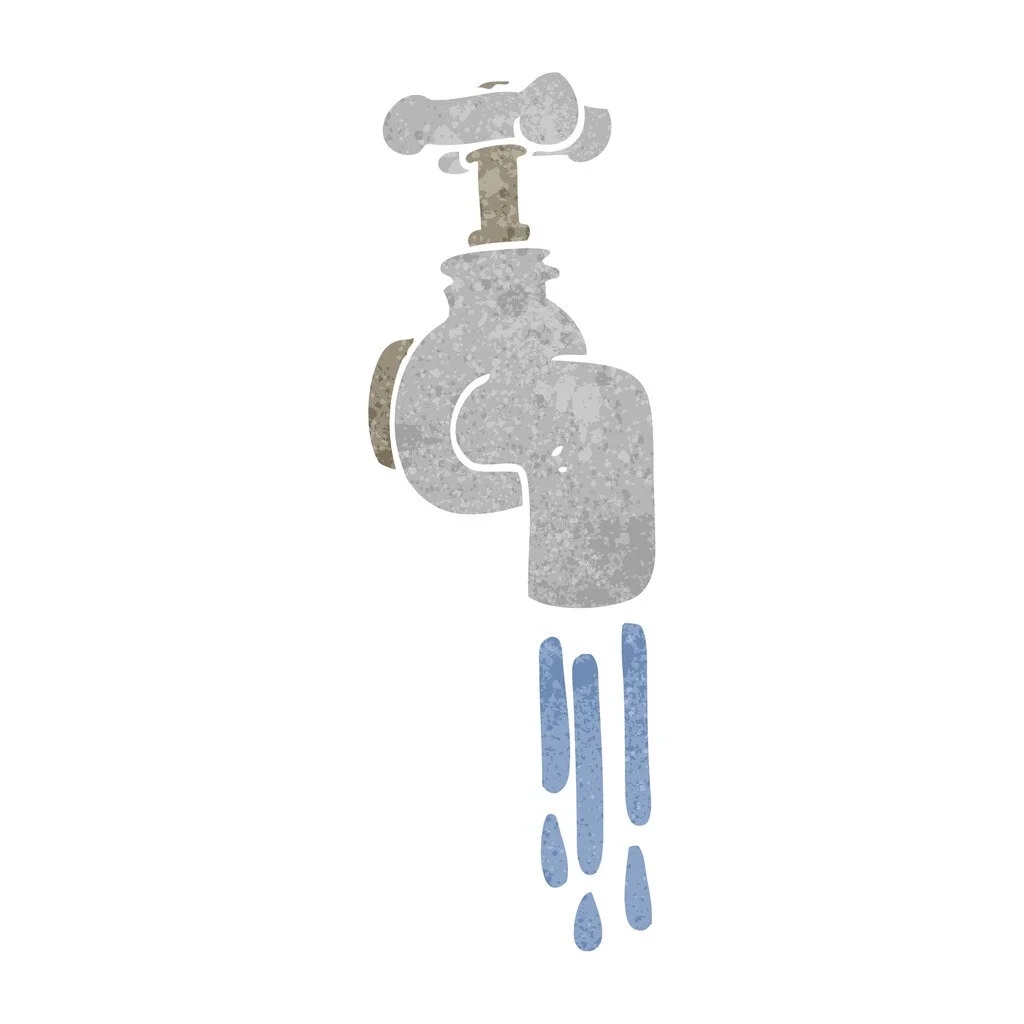Community Coalition Meeting with EPA
re Lead-in-Water Public Education & Messaging
Image Source: iStock Alisa Aleksandrova
On January 19, 2024, a broad coalition of affected community groups and environmental health and justice organizations met with the Environmental Protection Agency’s (EPA) Office of Water (OW), Office of Ground Water and Drinking Water (OGWDW), and Office of Policy (OP) to discuss our concerns with the lead-in-water information that the agency:
disseminates to the public, and
prescribes to water utilities for delivery to the communities they serve, under the Lead and Copper Rule’s (LCR) public education, public notification, and Consumer Confidence Report (CCR) requirements.
This meeting centered on our joint November 20, 2023 letter to EPA about the same topic.
Our remarks are below. In summary, we stressed how vital public education is — as one of the LCR’s four treatment techniques (the other three are source water treatment, corrosion control treatment, and lead service line replacement) — and how committed we are to supporting EPA to strengthen it, so that the LCR can achieve its significant public health protective potential.
Although there were several through lines in our presentations, one encapsulated especially poignantly the scientific, environmental health, environmental justice, and moral deficiency of lead-in-water public education as it exists today. Namely, that this “education” systematically misinforms people about basic facts concerning lead in water and systematically undermines people’s ability to take effective precautions. The result is that it leaves communities vulnerable to ongoing, albeit preventable, risk. Additionally, it is used by federal, state, and local authorities to contradict, silence, and marginalize community members who challenge erroneous or misleading official messaging.
These impacts are antithetical to the intent of not only the LCR, but also the Safe Drinking Water Act (SDWA) and, as we argued, must be urgently redressed. We are convinced that complete, accurate, and accessible public education has the ability to catapult us to a new chapter in the history of lead in water, where routine exposures and associated health harms are the exception and not the rule.
Our Remarks
Image Source: iStock CraftyKittyArt
Image Source: iStock rudchenko
Image Source: iStock Anya D
Elin Betanzo, President and Founder, Safe Water Engineering, LLC
Karen Chen, Natural Resources DefenSe Council (NRDC)
Yanna Lambrinidou, PhD, Campaign for Lead Free Water, washington, dc
“Remarks to EPA Regarding Public Education Requirements of the Lead and Copper Rule Improvements”
“We would like to highlight that public education, as a treatment technique under the LCR, holds equal weight with source water treatment, corrosion control, and lead service line replacement. It is especially important because there are many circumstances where public education is the sole or principal treatment technique that applies.”
“Thank you, EPA, for giving us your time. We are grateful for the participation of representatives from the Office of Ground Water and Drinking Water, Office of Children's Health Protection,* and Office of Policy. My name is Yanna Lambrinidou, and I am with the Campaign for Lead Free Water.”
Image Source: iStock ekazansk
Tene Lewis, campaign to reduce lead exposure & asthma; NAACP, DC chapter, washington, dc
“Good afternoon, everyone and thanks to the Environmental Protection Agency personnel for hearing my message today. I am Tene Lewis, a volunteer leader for the Campaign to Reduce Lead Exposure & Asthma, which is a member of the D.C Environmental Justice Coalition in Washington, D.C. I also am a volunteer with the Environmental and Climate Justice Committee of the NAACP’s DC Chapter.”
Image Source: iStock Yulia Sutyagina
Lorie McFarlane, Portland Advocates for Lead-free Drinking Water, portland, oregon
“Portland Oregon is a Cautionary Tale
If you happened to be starting a family in Portland Oregon in the 90’s, like me, or, if you are just now starting your family here in 2024 (27 years later)…you likely had – and still have – absolutely no idea that this water provider had – and still has – harmful levels of lead in drinking water.”
Image Source: iStock kastanka
Robert Miranda, Freshwater For Life Action Coalition – MKE, milwaukee, wisconsin
“Federal Lead and Copper Rule (LCR) Has Failed to Protect Us From Lead-in-water Since Its Inception
The Environmental Protection Agency (EPA) is in the final stages of releasing a revamped Lead and Copper Rule (LCR). The agency’s recently released proposed revisions have raised concern that the so-called “improved” LCR will continue to lack crucial information about effective precautions people can take to protect themselves from needless exposures to lead in water from lead service lines and in-home lead-bearing plumbing.”
Image Source: iStock Tyas drawing
Michelle Naccarati-Chapkis, Women for a Healthy Environment (WHE), Pittsburgh, PA
Image Source: iStock Yuliya Derbisheva
Ben Pauli, PhD, Environmental Transformation Movement of Flint (ETM Flint), Flint, michigan
Image Source: iStock Daria Ustiugova
Amy Roe, PhD, co-chair, Lead-Free Delaware
“Good afternoon. I’m Michelle Naccarati-Chapkis, Executive Director at Women for a Healthy Environment in Pennsylvania, as well as a member of the Campaign for Lead Free Water. Thank you, EPA, for this opportunity to speak.
I’m here to share how and why EPA must provide updated educational resources, so that the public knows and understands how to protect themselves from lead in drinking water exposures.”
“Hi, my name is Ben Pauli and I’m a resident of Flint, Michigan and associate professor of social science at Kettering University. The Flint water crisis has of course become a national symbol of just how badly things can go wrong with water quality in a poorly-operated water system, and as you probably know, the crisis has led many residents to alter their drinking behavior considerably.”
“We have witnessed how the Lead and Copper Rule has been used to mislead the public about drinking water. In our public schools, the lead action levels, intended to be used for treatment techniques for corrosion control, were used in Delaware as a proxy for safety.”
Image Source: iStock Asya_mix
Paul Schwartz, Campaign for Lead Free Water, washington, DC
“Good afternoon. My name is Paul Schwartz, and I am with the Campaign for Lead Free Water. You have heard from several of our national and community-based partners about the centrality of robust public education and public notification, both within and outside of the LCR/LCRI. You have also heard that PE (public education) needs to be twinned with a recommendation from EPA that filtering first is a key component of stopping this lead-in-water scourge at the tap.”
Image Source: iStock lineartestpilot
Wisconsin State Senator Lena Taylor, 4th Senate District, wisconsin
1. EPA’s messaging must:
Be accurate and consistent.
Center on the LCR’s health-based standard of zero parts per billion lead in water.
Spell out the health benefits of lead service line replacement, while making it clear that such replacement will not eliminate lead from people’s water.
Reach all residents, including school communities (parents, teachers, administrators).
2. EPA must ensure that lead service line replacement programs at the local level align with the timelines and goals of the Biden Administration's highly publicized lead service line replacement initiative.











